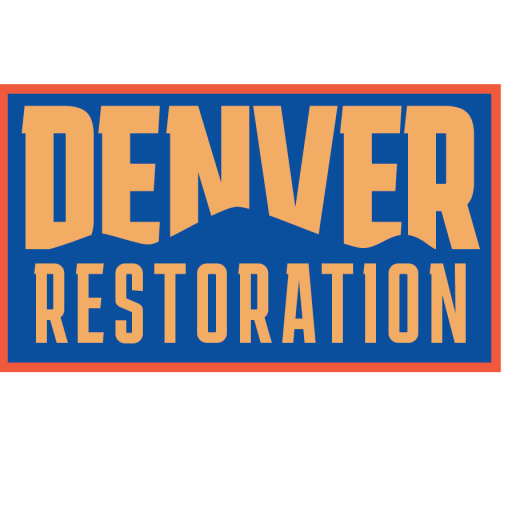When disaster strikes or wear and tear take their toll on your home, effective restoration can save time, money, and stress. Whether you’re dealing with water damage, fire, or simply revitalizing an aging property, these expert tips can guide you toward a successful restoration. A well-restored home not only regains its functionality but also its beauty, ensuring a safe and comfortable living environment.
1. Assess the Damage Thoroughly
The first step in any restoration process is to evaluate the extent of the damage. A detailed inspection will help you prioritize tasks and identify any underlying issues that might not be immediately visible. For example, water damage can often result in hidden mold growth, while fire damage might weaken structural components.
Start by creating a comprehensive checklist of affected areas, and consider hiring a professional home inspector to perform a detailed evaluation. They’ll have the tools and expertise to uncover problems you might miss.
Pro Tip: Document the damage with photos and detailed notes. This will help with insurance claims and provide a clear reference for contractors.
2. Prioritize Safety
Before diving into restoration work, ensure your home is safe. Hazards such as electrical issues, gas leaks, or compromised structures should be addressed immediately. Turn off utilities, if necessary, and consult with local authorities or emergency services for guidance.
A detailed safety checklist can help you navigate potential dangers. For homes affected by flooding, remember that standing water can hide electrical hazards or create slippery surfaces.
Pro Tip: Equip yourself with personal protective equipment (PPE) like gloves, masks, and goggles when dealing with hazardous materials such as mold or soot.
3. Hire Trusted Professionals
While some restoration tasks can be tackled as DIY projects, large-scale or complex damage often requires professional intervention. Hiring certified contractors ensures the job is done safely and effectively. Use resources like the IICRC’s directory to find qualified experts in your area.
When evaluating contractors, verify their licenses, insurance, and references. Look for reviews or testimonials from previous clients to gauge their reliability and quality of work.
Pro Tip: Choose contractors certified by the Institute of Inspection Cleaning and Restoration Certification (IICRC) for specialized expertise in residential restoration.
4. Manage Water Damage Immediately
Water damage is one of the most common issues homeowners face, and it’s crucial to address it promptly. Standing water can lead to mold growth, wood rot, and structural weakening. Start by removing any water and drying out affected areas. Use tools such as wet vacuums, fans, and dehumidifiers to speed up the drying process.
Inspect for signs of mold, as it can spread rapidly in moist environments. If mold is present, consult a professional for safe removal.
5. Tackle Fire and Smoke Damage
After a fire, the restoration process can be overwhelming. In addition to structural damage, you’ll need to address smoke odors and soot stains. Specialized cleaning products and tools can help restore surfaces and eliminate lingering smells. For example, ozone machines are often used to neutralize smoke odors in the air.
Cleaning up after a fire often requires professional expertise. Restoration professionals can safely handle soot removal, salvage belongings, and repair damaged structures.
Pro Tip: Test cleaning methods on a small, inconspicuous area before treating large surfaces to avoid additional damage.
6. Plan for Energy-Efficient Upgrades
Restoration provides an excellent opportunity to incorporate energy-efficient upgrades. Improvements such as energy-efficient windows, better insulation, and modern HVAC systems not only reduce energy costs but also enhance your home’s value.
Check out Energy Star for guidance on selecting energy-efficient products. Upgrading to smart home systems can also improve convenience and efficiency.
Pro Tip: Research government incentives or tax credits for energy-efficient home improvements to offset costs.
7. Restore Original Charm
If you’re restoring an older home, aim to preserve its unique character. Architectural details such as crown moldings, wood floors, and vintage fixtures add charm and value to your property. Refinishing original features can often be more cost-effective than replacing them.
For tips on preserving historic homes, explore resources from Saving Places, which offers practical advice for maintaining authenticity during restoration.
Pro Tip: Use materials and techniques that match the home’s original construction for a seamless look.
8. Use Quality Materials
Investing in high-quality materials during restoration ensures longevity and durability. For example, using moisture-resistant drywall in bathrooms and basements can prevent future issues. Similarly, opting for fire-resistant materials can provide added safety.
Eco-friendly materials are also worth considering. Not only are they better for the environment, but they often enhance indoor air quality. Check out Green Building Advisor for sustainable material recommendations.
Pro Tip: Consult with contractors about the best materials for your specific needs and budget.
9. Focus on Curb Appeal
Restoration shouldn’t stop at the interior. Enhancing your home’s exterior can boost its value and create a welcoming impression. Common updates include repairing siding, repainting, landscaping, and upgrading windows and doors.
Don’t forget practical improvements such as gutter cleaning and roof repairs. These steps can prevent water damage and other weather-related issues. For more ideas, visit HGTV’s guide to curb appeal.
Pro Tip: Use native plants in your landscaping to reduce maintenance and improve sustainability.
10. Stay Organized and Budget-Conscious
A successful restoration requires careful planning and budgeting. Create a detailed plan that includes timelines, costs, and task lists. Set aside contingency funds to cover unexpected expenses.
Use project management tools like Trello to stay organized and track progress. Regularly communicate with contractors and keep detailed records of invoices and contracts.
Pro Tip: Break the project into manageable phases to stay within budget and minimize disruption.
Final Thoughts
Restoring your home is an opportunity to reclaim comfort and functionality while adding lasting value to your property. By following these expert tips and utilizing available resources, you can ensure a smooth restoration process and bring your home back to life with confidence. From energy-efficient upgrades to preserving historic charm, every step you take contributes to a resilient and beautiful home.

